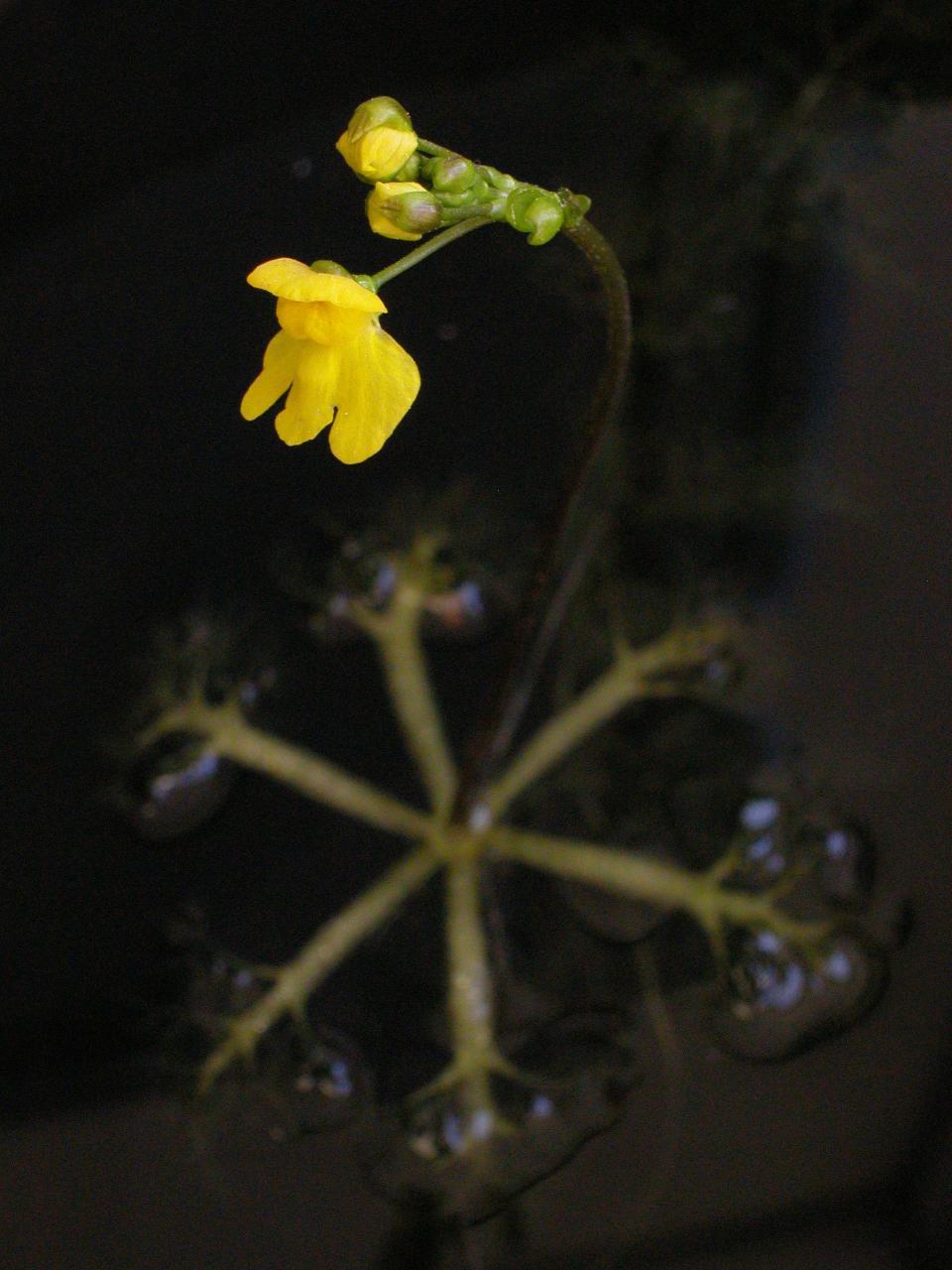Yellow-flowered meat-eater is an aquatic species | Mystery Plant
The other day I was busying around in the herbarium when a gentleman from the little town of Wagener, South Carolina, dropped by, carrying a bucket. Inside the bucket was a good bit of water, from his pond, and in the water was this very curious plant. The nice man was looking for someone to tell him what the plant was, and he had come to the right place.

This is a carnivorous plant, meaning that it is able to capture and digest animal life as a means of augmenting whatever minerals (especially nitrogen and phosphorus) are available to it in the wild. The animals used by carnivorous plants are generally quite tiny; no need to worry about falling into a carnivorous plant around here or anywhere else.
Garden tour: Take close-up look at botanical gems on Maclay Tour of Gardens
Gardening tips: Bloom time: What to do in the garden in May and June
The carnivorous Venus' fly-trap, which does grow on the coast of the Carolinas (and a few other places, because it was planted there), is capable of capturing animals as large as small frogs. Plant carnivory has always fascinated humans — you might want to see "Little Shop of Horrors" sometime.
You might be interested in knowing that the southeastern USA is one of the world’s hot-spots for carnivorous plants.
Floating bladderwort, Utricularia inflata, our mystery plant, and Venus’ fly-trap (Dionaea), represent two of the genera of them. The others are the sundews (Drosera), the butterworts (Pinguicula), and of course, the fabulous pitcher plants (Sarracenia). Are any of these represented in your area?
Our yellow-flowered meat-eater belongs to a genus of about 100 species found throughout the world. This one is an aquatic, perennial species which grows attached to the bottom of a pond, where it produces a mass of wildly branched, soft, “pondweed.”
When it’s time for blooming, the plant will develop what we call a flotation device. This flotation structure consists of a number of branching “arms” that are inflated with air, and which, as it develops, rises through the water, ultimately bringing the flowering stem to the top.
The underwater "floats" bear tiny traps on their edges. These traps are nearly microscopic, but highly effective in pulling in small aquatic critters that swim too close. A complicated mechanism, involving tiny trigger hairs and a trap door, is involved. Other related species of our mystery plant don’t float, but instead live on saturated or dripping soil.
The flowers of these remarkable species are clustered at the top of the aerial, leafless stem. Each flower has 5 bright yellow petals (some species have purple flowers), and they are arranged in a very “bilateral” way. It’s good to remember that the flowers don’t “eat” anything…it is the tiny traps down under the water that do all that. After flowering is finished, tiny seed pods form, each containing a number of very small seeds.
You might see our mystery plant in any of the coastal counties of the Southeast. It is fairly common, blooming now, and occurs from New Jersey south to Texas and Florida. Several brilliant yellow flowers — as bright as hot butter —occur near the top of the leafless stalk, and a pond full of thousands of these fascinating plants is a beautiful sight.
John Nelson is the retired curator of the Herbarium at the University of South Carolina, in the Department of Biological Sciences. As a public service, the Herbarium offers free plant identifications. For more information, visit www.herbarium.org or email johnbnelson@sc.rr.com.
This article originally appeared on Tallahassee Democrat: Yellow-flowered carnivorous plant is an aquatic species

